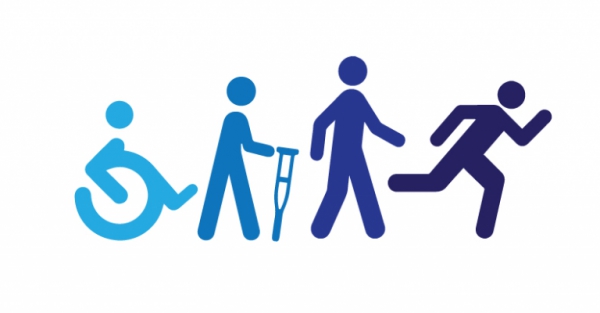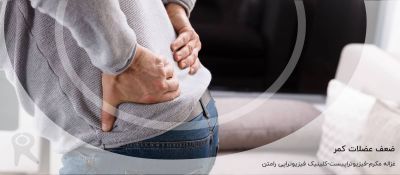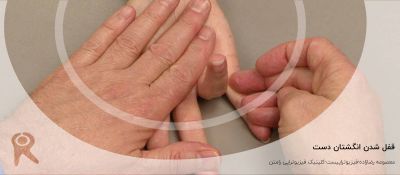Purpose
Accumulation of fluid due an irritation of the synovial membrane is known as effusion; it could be serous, blood, or pus.
If there is swelling in the knee it should be evaluated to know whether it is a soft tissue swelling, a bony swelling or a joint effusion.
Perform the patellar tap test or fluid displacement test to determine the presence of fluid in the knee joint. The patellar test is best for identifying moderate-sized effusions. The fluid displacement test is better for smaller effusions.
Clinical Aspect
Knee effusion is usually diffuse, symmetric and associated with a loss of knee contour, although the joint effusion may be minimal and may be distinguished by pushing the suprapatellar pouch. Any condition in or around the knee can result in an effusion.
When we palpate the level of the medial and lateral condyles about 2 cm posterior to the medial and lateral edges of the patella, the synovium is superficial and is only covered by skin and subcutaneous fat. If there is a synovial thickening, a dense structure is felt. Swelling can be intra-articular or extra-articular.
If there is effusion associated with patellofemoral pathology, there is the possibility of moderate-to-severe patellofemoral arthrosis, severe Plical inflammation, chrondral loose bodies and osteochrondral damage.
The intraarticular swelling is often due to a synovitis and it feels soft and does not elicit a fluid wave. A clear effusion flows like a liquid, whereas blood feels like a jelly mass. Extra-articular swelling is not movable and feels like a thick, soft tissue.
An effusion can be associated with the following disorders:
- Osteoarthritis
- Trauma
- Infection
- Arthritic disorders
- Overuse
- Tumour (less common)
Patellar tap test
Description of the test
The patient is lying in supine with the leg extended. The physiotherapist puts pressure on the proximal side of the knee in an effort to squeeze the fluid out of the suprapatellar pouch. The fluid can be moved under the patella while maintaining the pressure on the suprapatellar pouch; the therapist uses his/her other hand to press up on the medial and lateral recesses forcing the fluid under the patella . Tapping down the patella with the index to create an upward and downward movement and a palpable ‘click’ as the patella hits the underlying femur.
If the test is negative the femur and the patella are already in contact.
A positive test is when the patella can be felt to move down through the fluid and rebounds on the patella. The test can be false positive, therefore we must always test both sides to compare.
Fluid wave test
Is used when the effusion is less than 30-50 cc. The patient is in supine, the physiotherapist presses his/her fingers in both parapatellar gutters. Because there’s a pressure from below upward, the gutters are emptied. The patient is asked to stand while the physiotherapist keeps his/her fingers in the parapatellar gutters. If the physiotherapist releases his/her fingers and the fluid comes back in the parapatellar gutters, it is a positive sign.
Reliability of the tests
Effusion was assessed by the bulge sign, balloon test, and patellar tap. Of these tests the bulge sign was the most reliable ( Rc 0,97). However, the assessment of effusion by balloon test also achieved a post standardization PABAK of 0,99.










